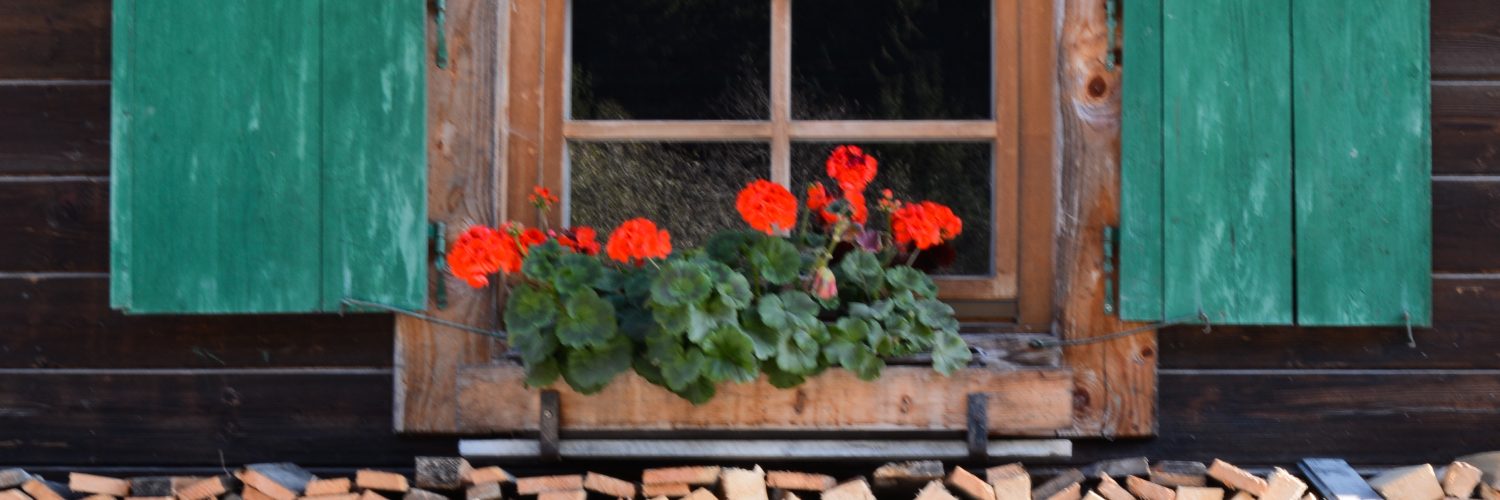The commandment to “love thy neighbor” has echoed through spiritual traditions for millennia, yet modern interpretations often leave us confused about what this actually means in practice. Many of us equate loving our neighbors with self-sacrifice—saying yes when we want to say no, offering help beyond our capacity, or suppressing our own needs to accommodate others. However, mindful living teaches us that true love—for ourselves and others—requires the courage to establish and communicate clear boundaries. Far from creating walls, these boundaries actually serve as bridges to more authentic community connections.
“Boundaries are a part of self-care. They are healthy, normal, and necessary. They are not selfish. They are not a rejection of love for someone else. They are an expression of love for the self.”
— Brené Brown, Rising Strong
The commandment to “love thy neighbor” has echoed through spiritual traditions for millennia, yet modern interpretations often leave us confused about what this actually means in practice. Many of us equate loving our neighbors with self-sacrifice—saying yes when we want to say no, offering help beyond our capacity, or suppressing our own needs to accommodate others. However, mindful living teaches us that true love—for ourselves and others—requires the courage to establish and communicate clear boundaries. Far from creating walls, these boundaries actually serve as bridges to more authentic community connections.
Practicing boundary-setting from a mindful perspective involves bringing awareness to our internal signals. When we feel resentment, exhaustion, or irritation arising in our interactions with neighbors or community members, these emotions serve as messengers indicating that a boundary may need to be established or reinforced. Through Kriya yoga’s practice of svadhyaya (self-study), we develop the self-awareness to recognize these signals early and respond with compassion—both for ourselves and for others. This might mean politely declining a request for help when we’re already overwhelmed, communicating directly about noise concerns, or establishing clear expectations about shared resources or spaces.
The paradox of boundaries is that they actually create the safety necessary for genuine intimacy and community to flourish. When neighbors understand each other’s limits and preferences, they can engage with confidence rather than walking on eggshells or making assumptions. Consider the community garden that thrives because plot boundaries are clearly marked, allowing each gardener to express their creativity while respecting others’ space. Or the neighborhood where noise agreements allow everyone to enjoy both lively gatherings and peaceful evenings, because expectations have been mindfully communicated. These boundaries don’t diminish connection—they enhance it by fostering mutual respect and eliminating the resentment that builds when boundaries are crossed.
This mindful approach to loving thy neighbor transforms communities from spaces of superficial nicety to environments of authentic engagement. When we practice boundary-setting with kindness and clarity, we model for others that self-respect and community participation go hand in hand. We demonstrate that saying “no” when necessary allows our “yes” to be wholehearted and sustainable. As this culture of respectful boundaries spreads throughout a community, we begin to witness a beautiful evolution: less burnout among volunteers, more equitable distribution of community responsibilities, and relationships characterized by genuine care rather than obligation. Through this mindful practice, “love thy neighbor” becomes not an exhausting commandment but a joyful expression of balanced community life.


































